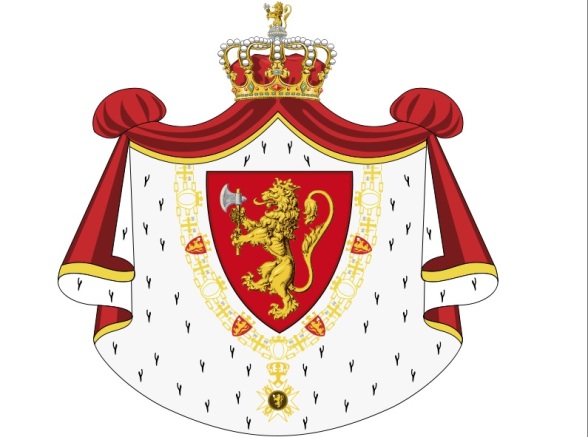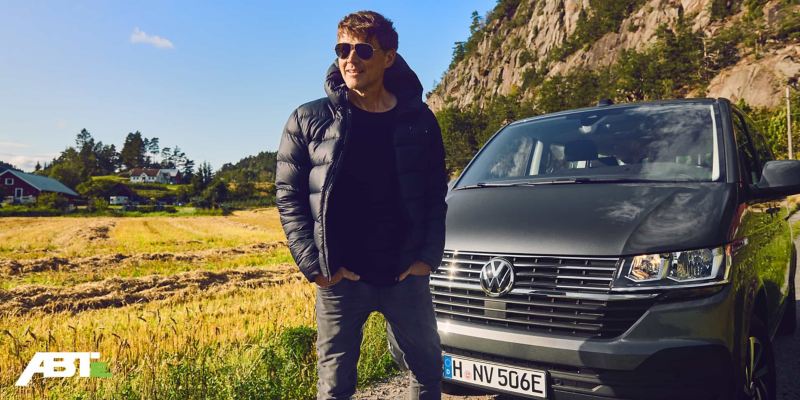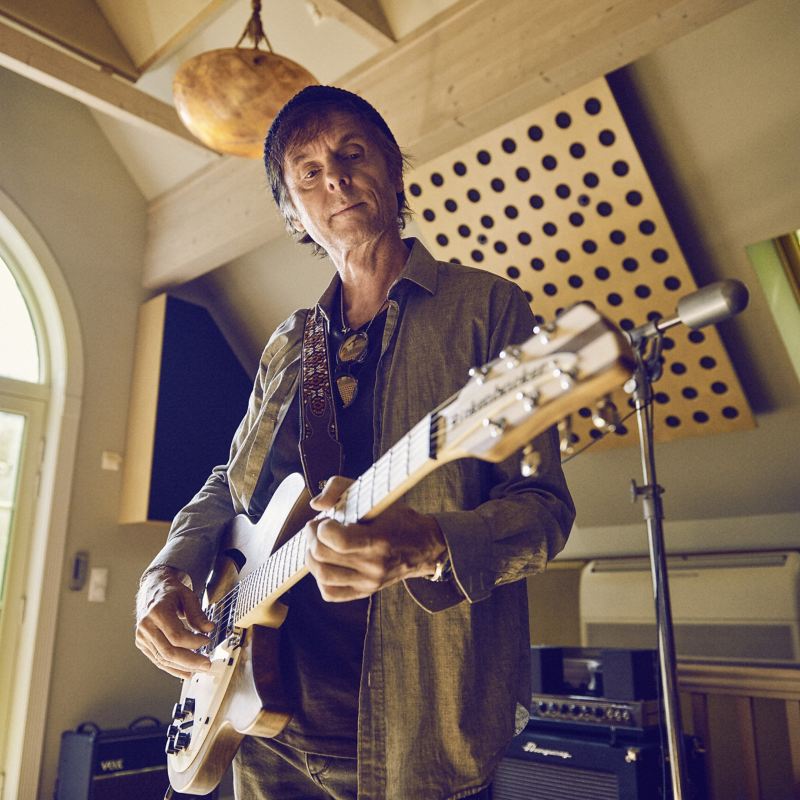Leggi in italiano su Onda Musicale
Preceded by 4 singles, the new Savoy album led by guitarist Paul Waaktaar Savoy is titled “Under” and was released on February 2, 2024
It lasts 34.8 minutes, long enough to make you want to listen to more. It is “Under”, the seventh studio album by the Norwegian-American band Savoy, composed by the guitarist Paul Waaktaar Savoy (guitarist and songwriter also of the well-known Norwegian band A-ha), drummer Frode Unneland and Lauren Savoy (on bass and vocals), Paul’s wife.
The album was released on February 2, in digital and classic vinyl formats as well as in special colored editions (lime and orange). Also available for pre-order in CD version. The album was preceded by 4 singles: “Lonely surfer” (which opens side A), Digital River, Life and times of a Wannabe, Coming down (whose splendid graphics are curated by Jason Brandenberg). The album is produced by Eleventeen Records, the independent production company created by Waaktaar Savoy himself, mixed by Simon Vinestock and mastered by Joe Lambert.
The band received excellent reviews, including from Rolling Stone (French edition). Ours will follow at the end of the interview. In fact, we took the opportunity to talk about this new project with the band.
My first question is for Lauren. You are mainly a film director, but this time you are more focused on music and songwriting, while the video and visual side have been left partly to others. Why this choice?
Videos tend to be a lot of (time consuming) work and I’m also focusing on film-scripts on top of everything else that’s going on…
Anyway: it’s nice to get some fresh input from the outside on the songs that we’ve worked on for over a year
You and Paul moved from New York to Los Angeles since quite long time now. What’s the added value that a city like Los Angeles has brought to your way to play music and what do you miss of the musical scene of New York?
We get restless. Goes with the territory. Years of touring. Years of promotion all over the world. Living in Oslo and Boston, then London followed by New York and now California. Rootless is the name of the game
Paul, you choose to release the album in digital format and vynil (in 3 different formats and colours [editor’s note]) and it contains 10 tracks of which 4 singles have been released with growing interest and success. The number of 10 tracks is due to a technical «limit» of the vynil production or is it your concept of the perfect number of tracks for an album?
It felt like a good number of songs.
And since our listeners always seem to need a few spins before they get comfortable with the songs…we didn’t want to overload it.
We now also offer CDs btw (you can pre-order here)
One third of Savoy is also one third of A-ha. Do you feel it more challenging or frustrating the idea to relate to the wider A-ha fan base as flying start for promoting Savoy’s? or to reach that kind of popularity has never been in the ambitions of Savoy and it’s just natural to knock at that door to begin with?
I never think about any of that stuff.
I know some a-ha fans only want me to write songs for Morten [Harket] to sing but that only worked on the first 5 albums.
Ultimately I make music because it makes me feel good, hoping of course that once they’re released others will be willing to listen and take something from it too
I guess that like for any musician, the best part of making a new album is the possibility to deliver it live, to bring it to the audience in an ever new «suit». Are there plans of a tour? And if yes, which kind of tour do you wish to deliver: intimate little venue, arena gigs, clubs, orchestral, limited to US or a world tour but in specific countries …?
Because we did so much touring with a-ha it was never too tempting to replicate that for Savoy which is a shame coz it would bring the music out there of course … plus it’s always been exciting whenever we’ve done tours and individual shows…the problem is you have to do so many to really make it count.
Living not too far from Hollywood, have you ever been tempted to write a soundtrack for a movie or a TV series, a kind of Ennio Morricone, maybe aspiring to an Oscar after so many Grammies?
Film work could be something to pursue…I tend to think of the songs in those terms anyway and I definitely have several instrumental pieces in the vault that could be suitable
How is it like to be your own employer?
Great. I like to boss myself around
Paul, last question for you (and you know how to answer to cherish some Italian readers and fans ☺… ) Did you support Sinner or Medvedev?
Sinner for me, all the way.
Such an exciting ‘new’ player that seem to master every shot. Saw him play at the Indian Wells last year…crazy good!
Frode Unneland, the drummer of Savoy
It was not possible to reach the drummer Frode Unneland who lives in Bergen, unlike the couple who lives in the United States, but in the only interview given to the Norwegian radio NRK P13 he declared that:
«We are very satisfied with the work. It was an easy recording process and the result is a very structured and cohesive album. For us there is a common thread that holds together the concept of the entire album. Paul said he wrote many of the songs during the lockdown period. These are personal texts, but I can identify with the loneliness he describes, in the empty streets…
The work process began at the end of 2022 after a-ha’s tour. Paul stopped in Oslo for a week. We recorded in his home studio based on his demos. There is also a song that we tried to record other times before, but that there was never time to finalize, Paul always writes a lot and accumulates songs that should be recorded. It was still a lot of fun working together.
Paul then returned to California and I sent my videos and recordings which he continued to work on. I recorded my parts with the help of my son Filip who was credited as a sound engineer among the collaborators. Paul really liked the sound and was very kind, he even gave my son a black Ludwig (drums) with accessories.»
Review
A good reviewer should never be influenced or read what others write. Well, the premise is that I’m not a good reviewer. I have read everything that has been published so far and listened to the interviews.
I agree with Rolling Stone about the calm Californian atmospheres, sometimes ghostly, the aerial chords, but at the same time these are ten songs, all varied, different and surprising. I agree with those who say that you can find Bowie-style sounds (in “Under” the title track and “Lonesome Alone”), reminiscences of the Beatles/Paul McCartney and Beck (in “Coming Down”), inevitable hints of the 80s sound (in “Life and Times of a Wannabe”), but… For me this album is above all “Savoy”.
Generally, I don’t like it when the “new” music I listen to reminds me of something else, because if it’s true that we all have our own tastes and influences, on the other hand it’s an admission of lack of originality, a desire to affirm that it is something already heard. And instead, in this Savoy album I hear a lot of novelty, a lot of wisdom in knowing how to treasure one’s past experiences, one’s tastes, one’s knowledge.
Here there is truly the “craft” of those who know how to make music. To the point that at the end of listening, the Bowie-ane, Beatles-esque or a-ha themselves reminiscences honestly disappear from your head and only the Savoy remain, that refrain you repeat in the most unexpected moments of the day. That sound that makes you exclaim “This is a Savoy!”
A fair album
Some have also written that “Under” is the best Savoy album since “Mountains of time” (1999). Even in this case, I don’t like to classify albums as “better” or “worse”, compared to what, then?
“Under” is an album that could not have been written either before or after than when it happened, as with the previous ones, simply because it is the fruit of its time, of its maturation even if there were songs kept in the drawer for some time, of reflections and experiences, of technological evolution (which allows it to be reproduced on vinyl, digitally, on CD and in all producible and imaginable ways)
“Under” is simply a “right” album, written at the right time, delivered to those who will listen to it at the right time. The day is not far away when people will talk about a new emerging band that when listening to it sounds like “Savoy”, (just as it is already said about the Weeknd and Harry Styles, Coldplay and Keane that they sound… like a-ha)
So, to put it in a nutshell, Savoy’s seventh album is a fair and right album, which has its own identity and sounds exactly like Savoy!
© Annalisa Maurantonio – All Rights Reserved

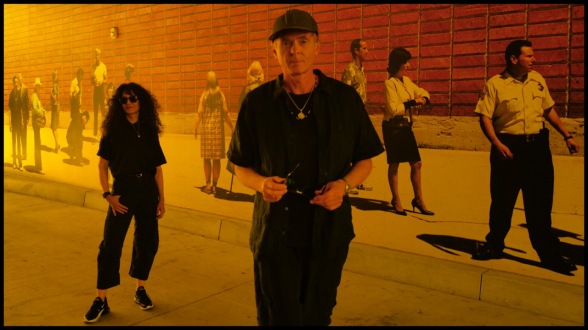
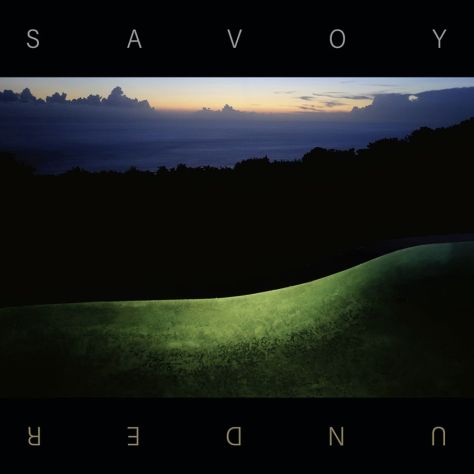
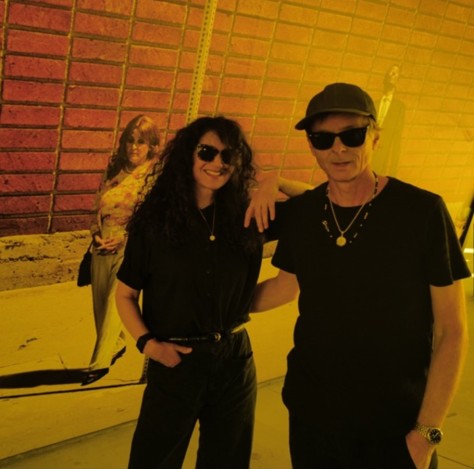
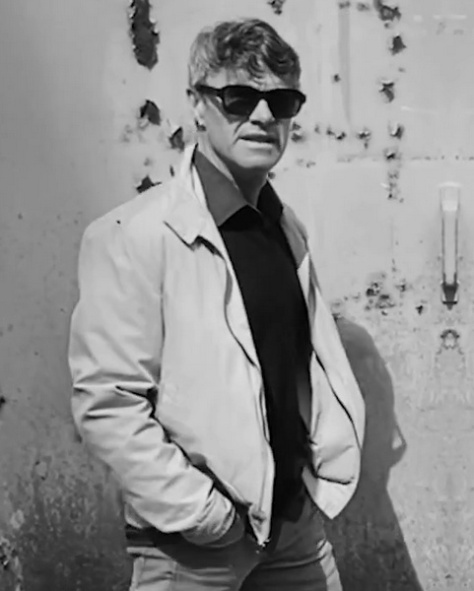
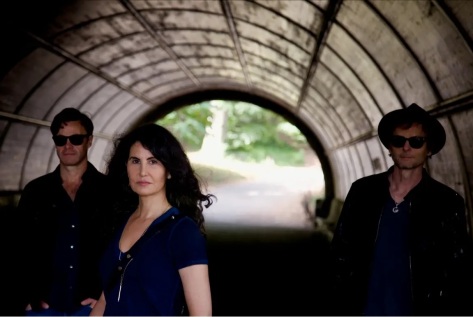

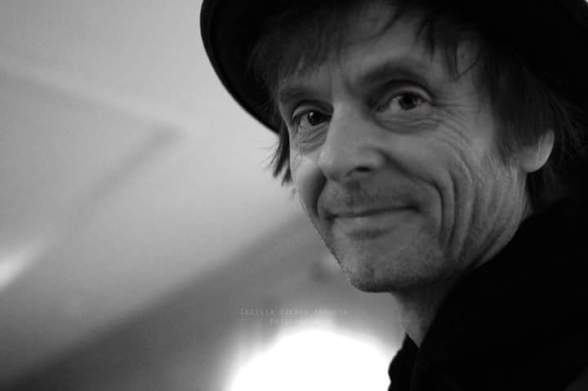
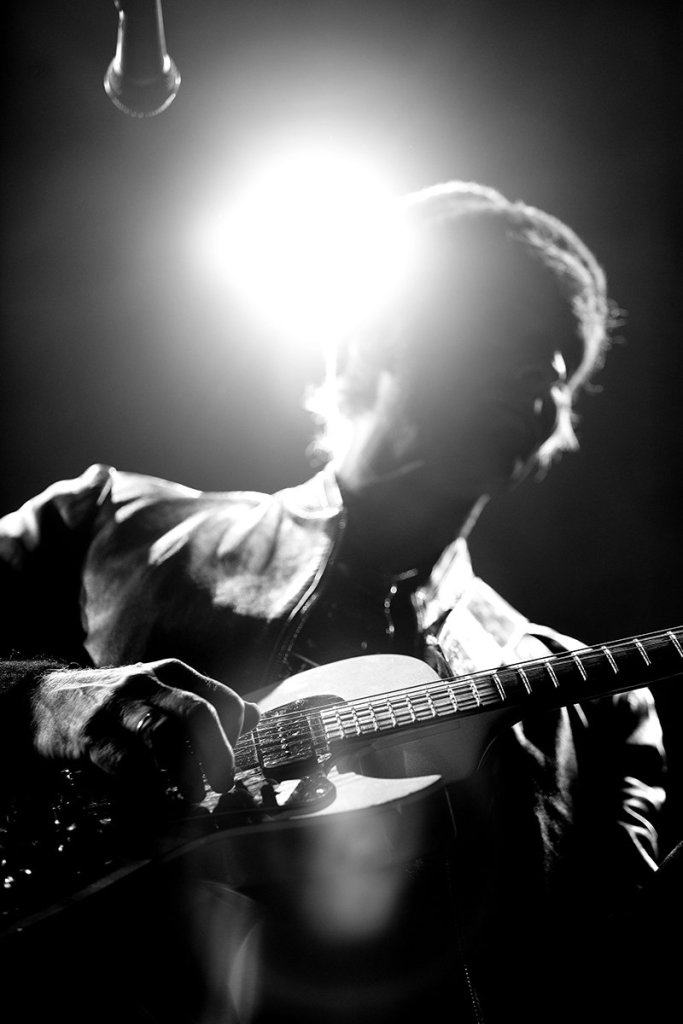
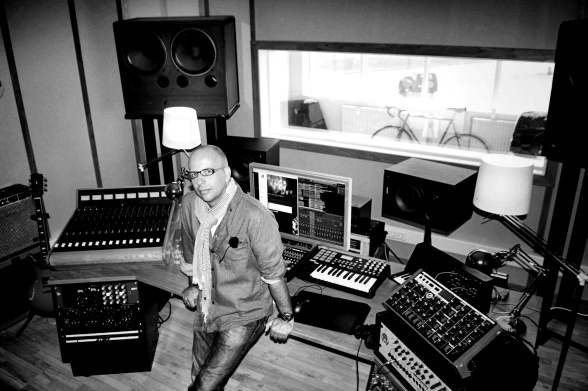



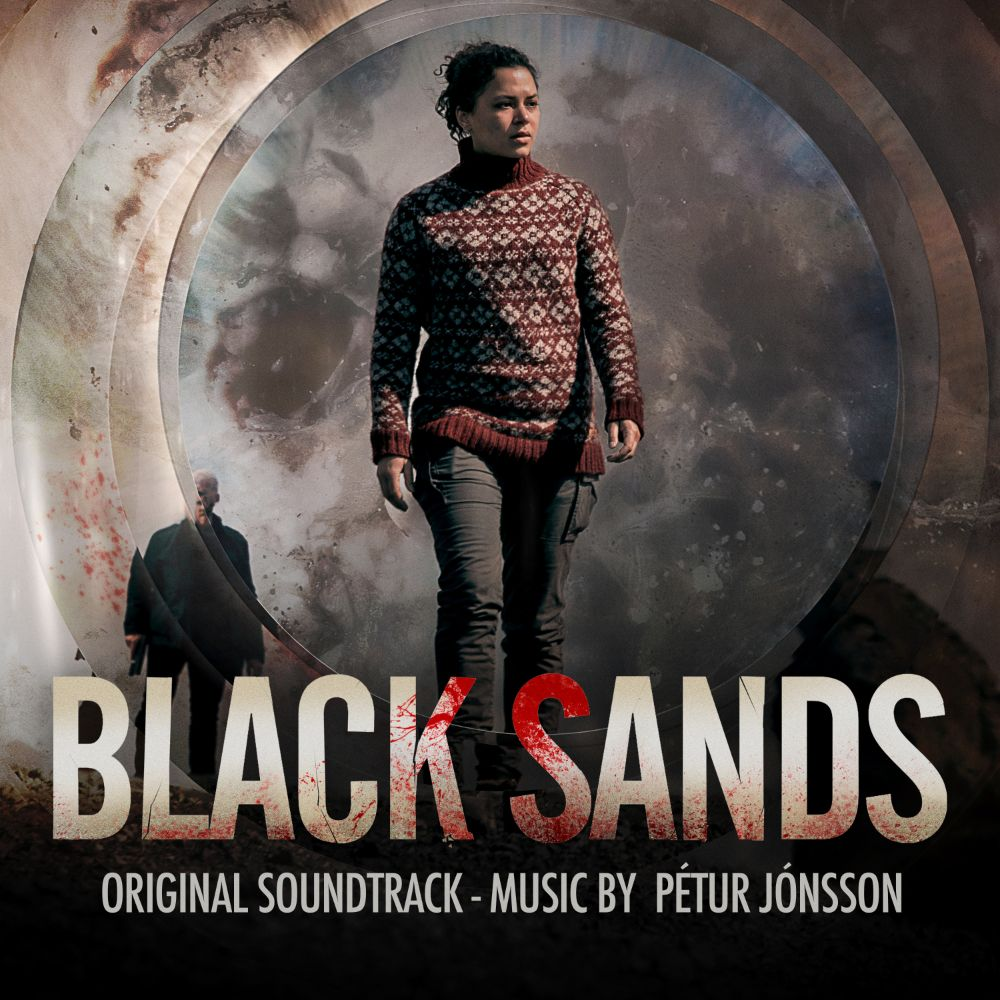
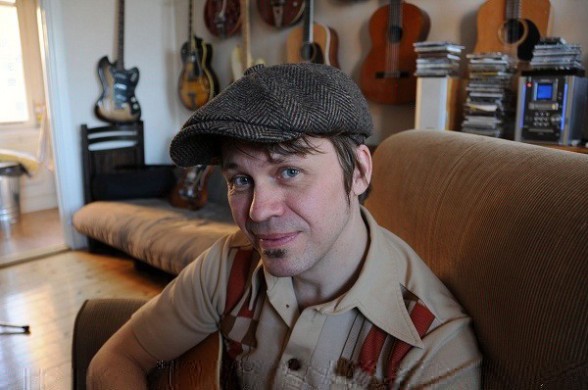
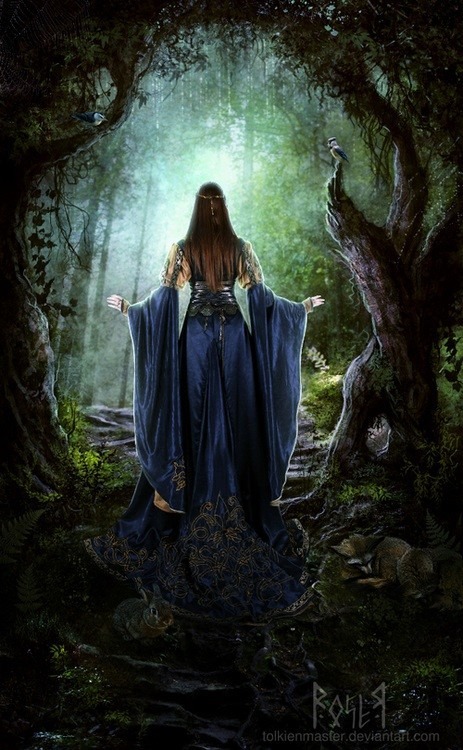 Una
Una 


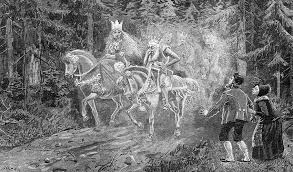
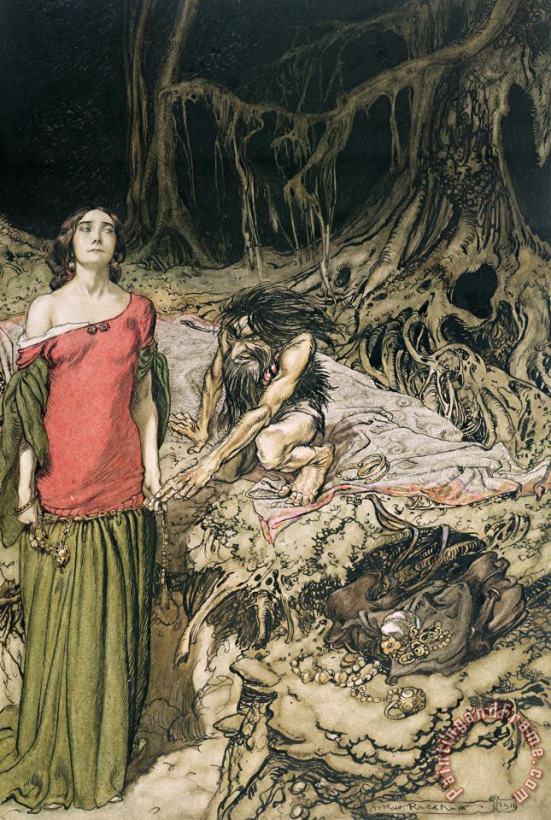
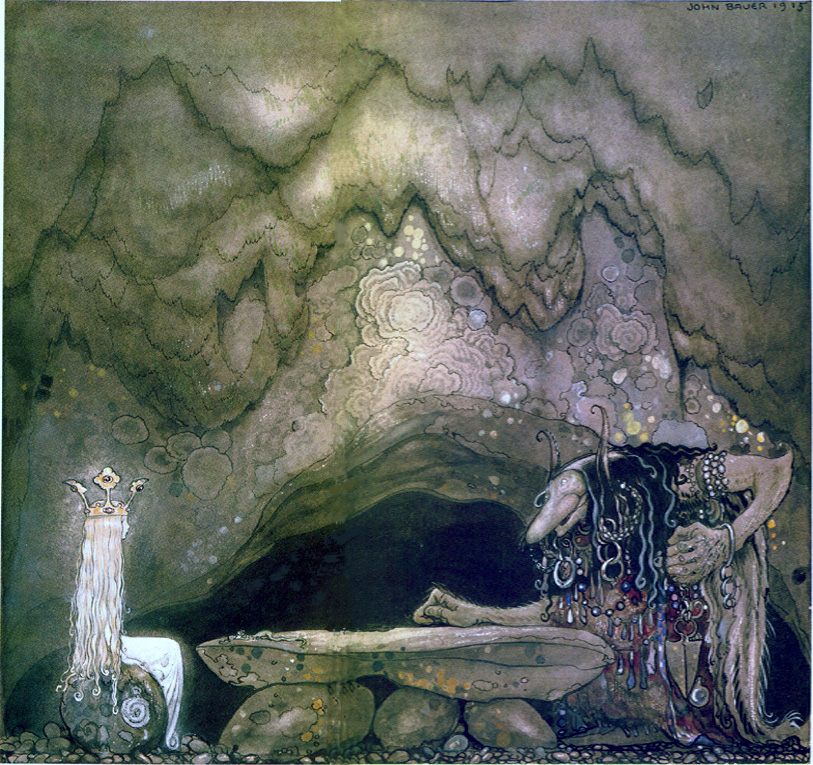




 Il giovane Knut siede alla tavola del Re, padre di Iselilja o Sylvelin che dir si voglia, e della quale il giovane è innamorato. In realtà, si capirà nel corso della ballata che i due ragazzi già si conoscono e “frequentano” all’insaputa del re. Durante il pranzo, il re sfida il giovane chiedendo cosa vorrebbe in cambio del suo bel destriero, e Knut coglie la palla al balzo per chiedere la figlia in sposa. Il re rifiuta di dare in moglie sua figlia in cambio di un cavallo. Knut abbandona la sala dicendo che presto rimpiangerà le sue parole e si ricrederà sulle capacità del suo cavallo. Il tempo di finire il pasto e giunge al re, la notizia che Knut ha trascorso molto tempo nella stanza di sua figlia, la cui dimora dista lontano dalla reggia. Colto di sorpresa e irato, il re si reca alla dimora della figlia e ordina al suo esercito di seguirlo per catturare il giovane Knut. Giunto nel cortile si rende conto che sul serio il giovane è stato un abile cavaliere nel raggiungere in breve tempo sua figlia; mentre l’esercito irrompe nella stanza e Knut è pronto a fronteggiarli tutti, uccidendone molti, il re ordina di fermarsi e riconosce a Knut l’ingegno e il coraggio, meritevole di prendere in sposa sua figlia.
Il giovane Knut siede alla tavola del Re, padre di Iselilja o Sylvelin che dir si voglia, e della quale il giovane è innamorato. In realtà, si capirà nel corso della ballata che i due ragazzi già si conoscono e “frequentano” all’insaputa del re. Durante il pranzo, il re sfida il giovane chiedendo cosa vorrebbe in cambio del suo bel destriero, e Knut coglie la palla al balzo per chiedere la figlia in sposa. Il re rifiuta di dare in moglie sua figlia in cambio di un cavallo. Knut abbandona la sala dicendo che presto rimpiangerà le sue parole e si ricrederà sulle capacità del suo cavallo. Il tempo di finire il pasto e giunge al re, la notizia che Knut ha trascorso molto tempo nella stanza di sua figlia, la cui dimora dista lontano dalla reggia. Colto di sorpresa e irato, il re si reca alla dimora della figlia e ordina al suo esercito di seguirlo per catturare il giovane Knut. Giunto nel cortile si rende conto che sul serio il giovane è stato un abile cavaliere nel raggiungere in breve tempo sua figlia; mentre l’esercito irrompe nella stanza e Knut è pronto a fronteggiarli tutti, uccidendone molti, il re ordina di fermarsi e riconosce a Knut l’ingegno e il coraggio, meritevole di prendere in sposa sua figlia.